































Airlines, Airports and Airliners 18 January 2024
Google Banner Ad
This week in airlines, airliners and airports
Updates on grounding of Boeing 737 MAX 9 aircraft.
Most On Time airlines and airports of 2023 unveiled by Cirium.
Air travel reaches 99% Of 2019 levels as recovery continues in November.
Airbus reports strong 2023 commercial aircraft orders and deliveries in complex operating environment.
EVA Air places landmark order with Airbus.
Boeing begins X-66 modification, removing engines and adding scanning technology.
Air Corsica harmonises regional fleet with two additional ATR 72-600.
Hamad Bin Khalifa University and ICAO to cooperate on aviation innovation.
World Wide Incidents and accidents.
Bonus Video - Ford Tri Motor Flight 2013.


UPDATES ON GROUNDING OF BOEING 737 MAX 9 AIRCRAFT
Every Boeing 737-9 Max with a plug door will remain grounded until the FAA finds each can safely return to operation. To begin this process, Boeing must provide instructions to operators for inspections and maintenance. Boeing offered an initial version of instructions yesterday which they are now revising because of feedback received in response. Upon receiving the revised version of instructions from Boeing the FAA will conduct a thorough review.
The FAA has approved a method to comply with the FAA's Boeing 737-9 emergency airworthiness directive, and it has been provided to the affected operators.

The FAA will continue to support the National Transportation Safety Board's investigation into Alaska Airlines Flight 1282. The NTSB is in charge of the investigation and will provide any updates.

In an industry synonymous with operational complexity, Cirium, the world's most trusted source of aviation analytics, today announces its much-anticipated 2023 On-Time Performance Review that celebrates operating excellence. This year's winners, hailing from every corner of the globe, have not only risen to the occasion but have set new benchmarks in operational performance and punctuality.
Delta Air Lines has been honoured with the Cirium Platinum Award for the third year running, a demonstration of its commitment to operational performance and minimizing passenger disruption.
Along with Delta winning the Cirium Platinum Award, the airline also topped the rankings for being the most on-time airline in North America. The coveted position of the most on-time Global airline went to Avianca Airlines, based in Bogota, Columbia. The winners in the other regions are ANA for Asia Pacific, Oman Air for the Middle East and Africa, Copa in Latin America, and Iberia Express in Europe. Safair was the leading low-cost carrier and Minneapolis St. Paul International Airport was the top airport performer globally. More in-depth results are available below and download the 2023 On-Time Performance Review for the full results.
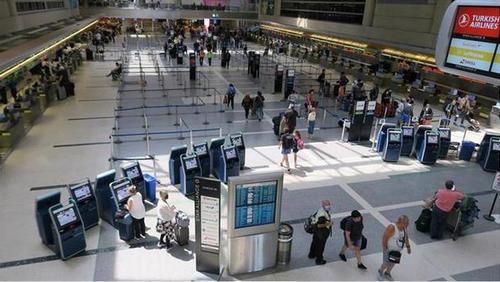
"Their relentless pursuit of efficiency and punctuality is commendable as we venture into 2024, a year brimming with promise for the aviation sector.
Jeremy Bowen, CEO of Cirium, remarks, "It's incredible to witness Delta Air Lines winning its third consecutive Platinum Award and topping the North American Category. Other airline and airport winners steered through the year's operational hurdles with exceptional performance. Their relentless pursuit of efficiency and punctuality is commendable as we venture into 2024, a year brimming with promise for the aviation sector."
Now in its 15th year, the Cirium On-Time Performance program continues to meticulously monitor global airline operational performance. Our extensive and unbiased data, derived from over 600 real-time information sources, is essential for industry stakeholders. Our data encompasses airlines, airports, global distribution systems, civil aviation authorities, and more, ensuring a comprehensive and neutral perspective.
"The company's data and analytics are based on the widest and deepest pool of information collected and curated from more than 600 sources of real-time flight information.
Cirium is continuing to lead the way, worldwide, in monitoring aviation on-time performance in the New Year, as the industry adjusts to post-pandemic norms. The company's data and analytics are designed to provide industry stakeholders with a neutral, third-party perspective, based on the widest and deepest pool of information collected and curated from more than 600 sources of real-time flight information.
These include the airlines themselves, airports, global distribution systems, positional data, civil aviation authorities, air navigation service providers, proprietary data partnerships and the internet. Cirium's on-time performance data is backed by a completely independent board of advisors, comprised of industry experts with an unbiased view of the aviation sector. The board's oversight ensures accuracy and proper representation of all the information the company presents.
Global airline leaders were:
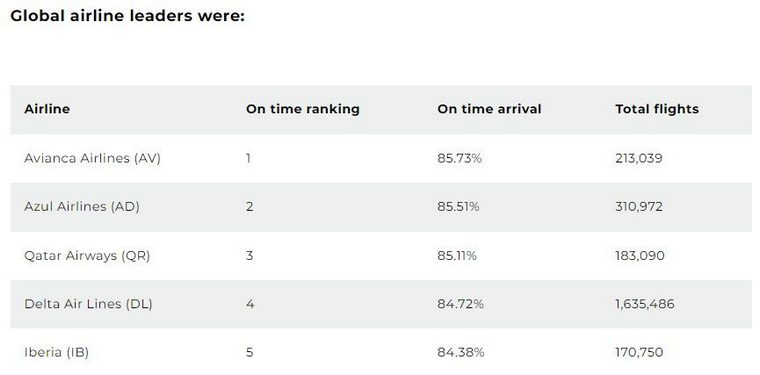
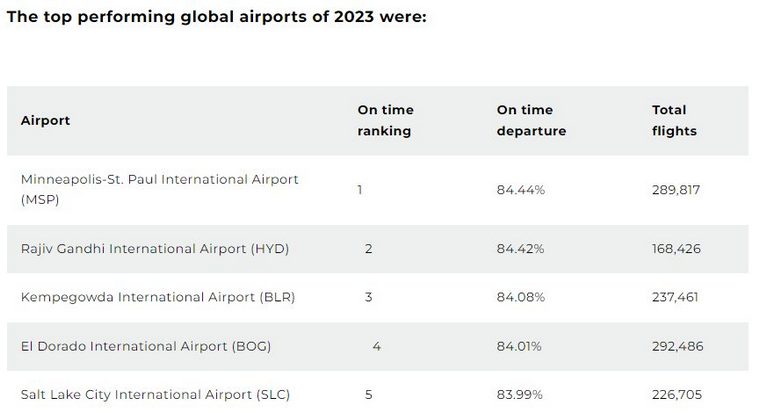
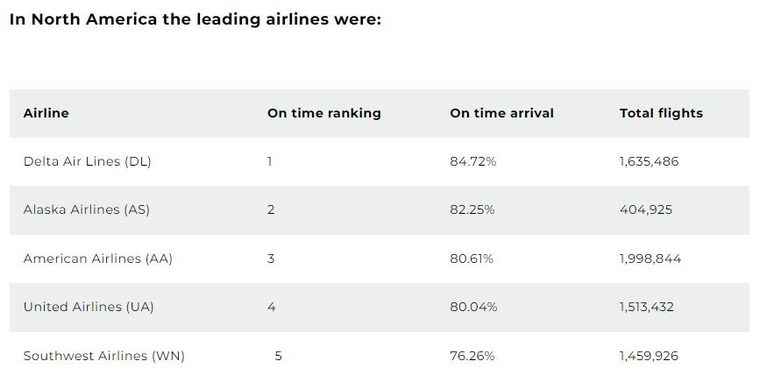
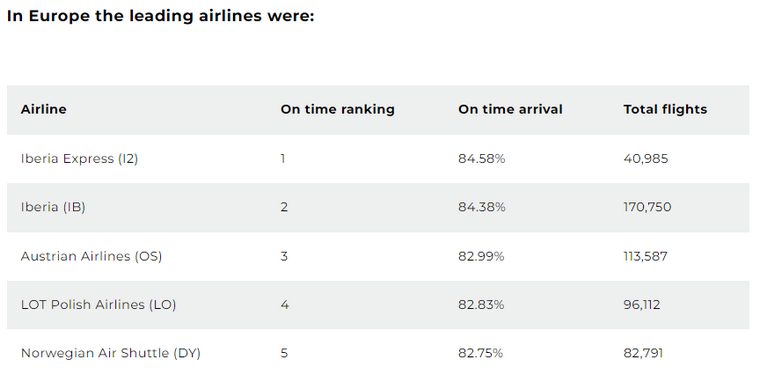
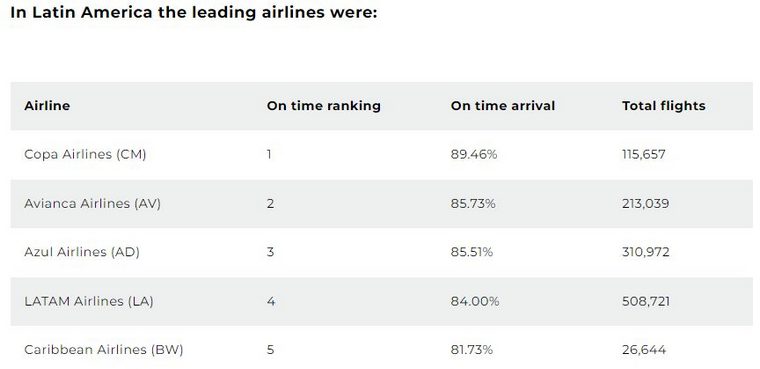

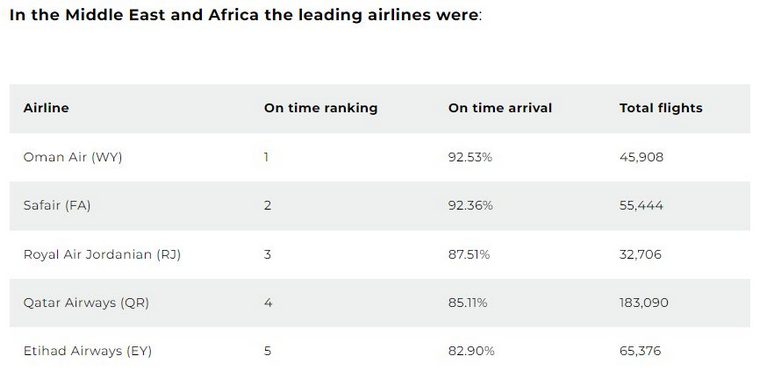
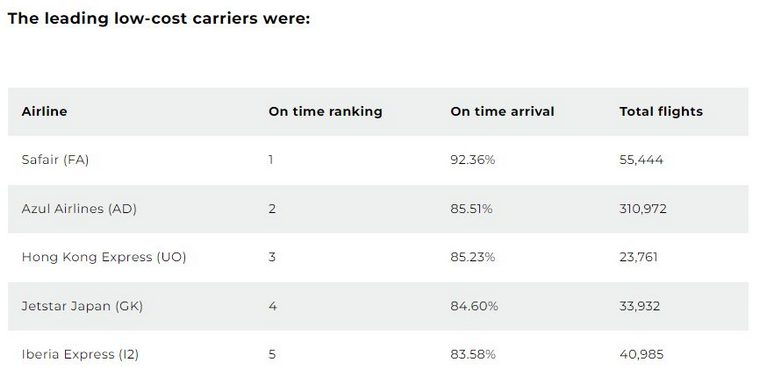

AIR TRAVEL REACHES 99% OF 2019 LEVELS AS RECOVERY CONTINUES IN NOVEMBER
The International Air Transport Association (IATA) released data for November 2023 air travel performance indicating that air travel demand topped 99% of 2019 levels.

Domestic traffic for November 2023 was up 34.8% compared to November 2022. Total November 2023 domestic traffic was 6.7% above the November 2019 level. Growth was particularly strong in China (+272%) as it recovered from the COVID travel restrictions that were still in place a year ago. US domestic travel, benefitting from strong Thanksgiving holidays demand, reached a new high, expanding +9.1% over November 2019.
"We are moving ever closer to surpassing the 2019 peak year for air travel. Economic headwinds are not deterring people from taking to the skies. International travel remains 5.5% below pre-pandemic levels but that gap is rapidly closing. And domestic markets have been above their pre-pandemic levels continuously since April," said Willie Walsh, IATA's Director General.
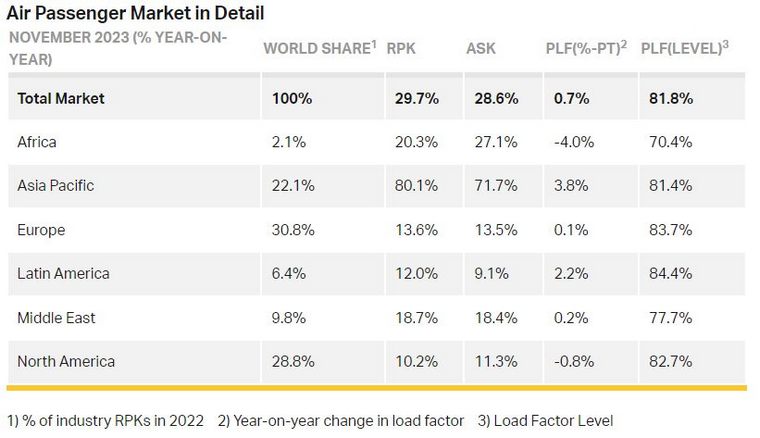
International Passenger Markets
European carriers' November traffic climbed 14.8% versus November 2022. Capacity increased 15.2%, and load factor declined 0.3 percentage points to 83.3%.
Middle Eastern airlines saw an 18.6% traffic rise in November compared to November 2022. November capacity increased 19.0% versus the year-ago period, and load factor fell 0.2 percentage points to 77.4%.
North American carriers experienced a 14.3% traffic rise in November versus the 2022 period. Capacity increased 16.3%, and load factor fell 1.4 percentage points to 80.0%.
Latin American airlines' November traffic rose 20.0% compared to the same month in 2022. November capacity climbed 17.7% and load factor increased 1.7 percentage points to 84.9%, the highest of any region.
African airlines had a 22.1% rise in November RPKs versus a year ago. November 2023 capacity was up 29.6% and load factor fell 4.3 percentage points to 69.7%, the lowest among regions.
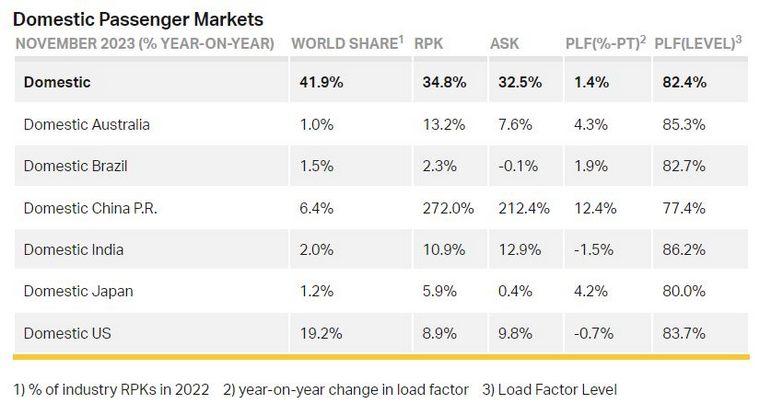
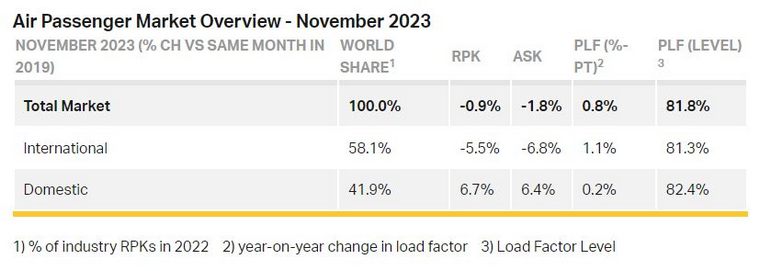
The Bottom Line
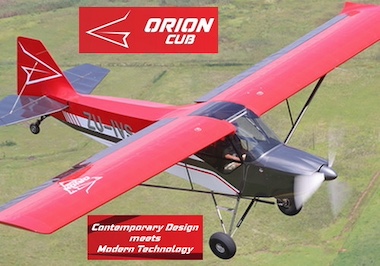

AIRBUS REPORTS STRONG 2023 COMMERCIAL AIRCRAFT ORDERS AND DELIVERIES IN COMPLEX OPERATING ENVIRONMENT
Airbus delivered 735 commercial aircraft to 87 customers around the world in 2023, demonstrating strong performance despite a complex operating environment. The Commercial Aircraft business registered 2,319 gross new orders (2,094 net). As a result, its 2023-year-end backlog stood at 8,598 aircraft.
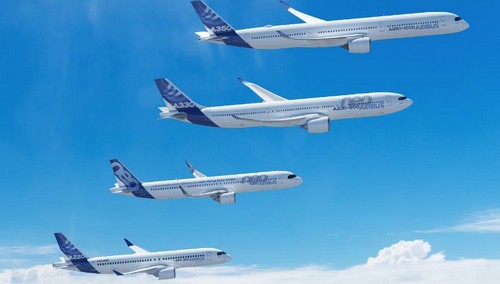
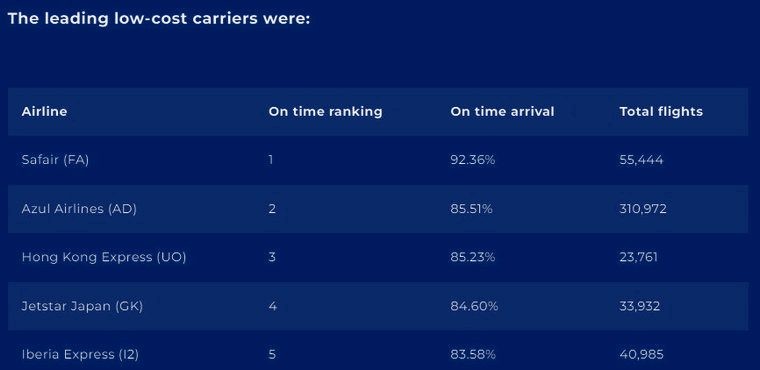


EVA AIR PLACES LANDMARK ORDER WITH AIRBUS
Taiwan's EVA Air has finalised a firm order with Airbus for the purchase of 18 long-range A350-1000s and 15 single-aisle A321neo. This sees the airline become the latest global carrier to select the A350-1000 for its future long-haul requirements. In addition, the A321neo aircraft will bring new levels of efficiency for the carrier's regional network.
Benoît de Saint-Exupéry, Airbus EVP Sales, Commercial Aircraft, said: "This order marks a new phase in our relationship with EVA Air and we thank the airline for its confidence in Airbus. In the long-range market, it's another major endorsement for the A350-1000 as the natural replacement for previous generation aircraft in the larger widebody size category. The A350 is setting new standards across the board in terms of range, payload, fuel efficiency and passenger comfort, while making an immediate contribution to reduced carbon emissions."
"We also thank EVA for reaffirming its commitment to the latest generation Airbus single aisle family with its first direct purchase of the A321neo and we look forward to working closely with the airline as it prepares for its new Airbus fleet."
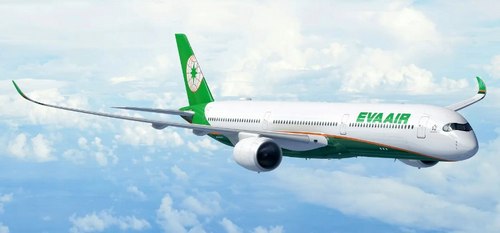
Powered by versions of the latest generation Rolls-Royce engines, the aircraft can fly up to 9,700 nautical miles / 18,000 kilometres non-stop, using 25% less fuel than previous generation types and with a similar reduction in carbon emissions. For passengers, the A350 offers the highest levels of in-flight comfort with the quietest cabin, new lighting systems and the latest in-flight connectivity. The reduced cabin pressure also ensures that passengers arrive in better shape.
The A350 Family has won more than 1,000 firm orders from 60 customers worldwide, with more than 570 aircraft currently in the fleets of 39 operators, flying primarily on long-haul routes.
The A321neo is part of the A320neo Family, incorporating the latest technologies including new generation engines, Sharklets and cabin efficiency enablers, which together deliver 20% fuel savings. With over 5,600 orders by more than 100 customers since its launch in 2016, the A321neo has captured some 65 percent share of the market.
The MD-90 jet's original wings will soon be removed to test the Transonic Truss-Braced Wing (TTBW) design with new ultrathin wings braced by struts with larger spans and higher-aspect ratios. TTBW's wider wing span and aerodynamic efficiency could significantly accelerate opportunities to reduce fuel use and emissions.

BOEING BEGINS X-66 MODIFICATION, REMOVING ENGINES AND ADDING SCANNING TECHNOLOGY
The X-66 is NASA's first experimental plane project focused on helping the U.S. achieve its goal of net-zero aviation greenhouse gas emissions. Ground and flight testing is expected to begin in 2028.
Boeing released a time-lapse video of recent steps in the conversion including: Jacking and shoring of the jet to simulate the condition of the airplane during full modification and 3D laser scanning of the airplane structure
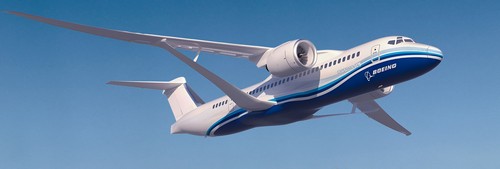

The two aircraft are scheduled for delivery in the first half of 2024, at which time Air Corsica will have fully harmonised its regional fleet. The airline will have seven ATR 72-600 aircraft, powered by the latest PW127XT engines, optimising the reliability, comfort, operating costs and CO2 emissions of its connecting flights between Corsica's four airports and Nice and Marseille and providing a high-quality public service.
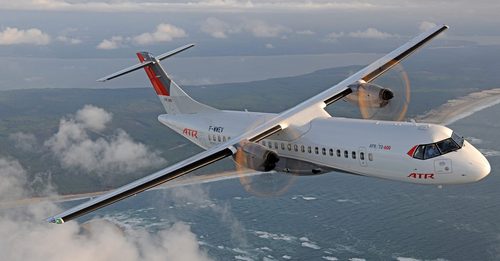
Nathalie Tarnaud Laude, Chief Executive Officer of ATR, added: "We are proud to support Air Corsica with its fleet upgrade, and to set together new standards for regional aviation. Air Corsica was the launch customer of the PW127XT engine, and the first ATR operator in the world to integrate USB sockets in all its seats. Through this pioneering spirit that we share, we are sending out a strong message: regional aviation can and must be reliable, low emission, comfortable and connected."
Air Corsica was the first operator to take delivery of an ATR 72-600 equipped with the new PW127XT engine at the end of 2022, which brought a 20% reduction in maintenance costs and at least a 3% reduction in fuel consumption compared with the PW127M. It generates CO2 emission savings of 45% compared with a similar-size regional jet.



The DHC-8, which was on its way to transport supplies to Niigata in response to the Noto Peninsula earthquake which happened the day before, had taxied onto runway 34R via taxiway C5 as JL516 was on final approach.
After touching down, the A350 struck the DHC-8. The nose section of the A350 suffered severe damage. The Airbus slid over the runway for about 1700 meters, until it veered to the right, coming to stop next to the runway just before the intersection with C11, and a fire erupted in both aircraft.
All occupants of the A350 evacuated safely via L1, R1 and L4 doors, 15 of them suffered minor injuries. The captain of the DHC-8 Japan Coast Guard aircraft also survived with severe burn injuries. The remaining crew of five were killed in the accident.
Communications released by Ministry of Land, Infrastructure, Transport and Tourism indicate that JL516 had been cleared to land on runway 34R. JA722A had been instructed to hold short on taxiway C5. This instruction was read back correctly, however, the survived captain of DHC-8 asserted just after the accident that he had been cleared for take-off, which is contrary to the ATC record.
Additionally, it appears the stop bar lights for taxiway C5 (and other taxiways) was unserviceable, as per Notam published on December 25: "STOP-BAR-LGT FOR C1 THRU C14-U/S".
Germany, Frankfurt Airport: A Lufthansa Airbus A321-231, landed from Düsseldorf Airport (EDDL/DUS) as DLH73 and parked at V178, was hit by a catering truck at Frankfurt International Airport (FRA/EDDF). The aircraft received minor damage, but was taken out of service.
USA, over South Portland, OR: An Alaska Boeing 737 MAX 9 (registration N704AL), experienced an in-flight departure of a mid-cabin door plug, which resulted in a rapid decompression of the airplane, south of Portland, Oregon. The flight made an emergency decent from FL120 and safely returned to Portland International Airport (PDX/KPDX).The incident aircraft was delivered to Alaska Airlines first flew on 15 October 2023 and made the first revenue flight for Alaska Airlines on December 8.On January 6, the FAA issued an Emergency AD (EAD), requiring operators of Boeing 737 MAX 9 aircraft with a mid-cabin door plug installed to carry out inspections before further flight. On January 7 around 9pm, NTSB officials announced that the mid cabin door plug had been found in a backyard in the late evening by a school teacher.
South Korea: Seoul/Incheon International Airport (ICN/RKSI): T'way Air's flight TWB/TW216 from Tokyo/Narita, Japan to Seoul/Incheon, South Korea, a Boeing 737-800, suffered a bird strike to No. 2 engine while landing at runway 34L of Incheon. The engine emitted a fire with a loud bang, and burnt smell was detected in the cabin. The Boeing aborted the landing, and carried out another landing safely on 33L with ARFF standing by fifteen minutes later. No reported personal injuries.

Ford Tri Motor Flight 2013

Google Banner Ad
 |
 |
 Copyright © 2024 Pilot's Post PTY Ltd
The information, views and opinions by the authors contributing to Pilot’s Post are not necessarily those of the editor or other writers at Pilot’s Post.
Copyright © 2024 Pilot's Post PTY Ltd
The information, views and opinions by the authors contributing to Pilot’s Post are not necessarily those of the editor or other writers at Pilot’s Post.